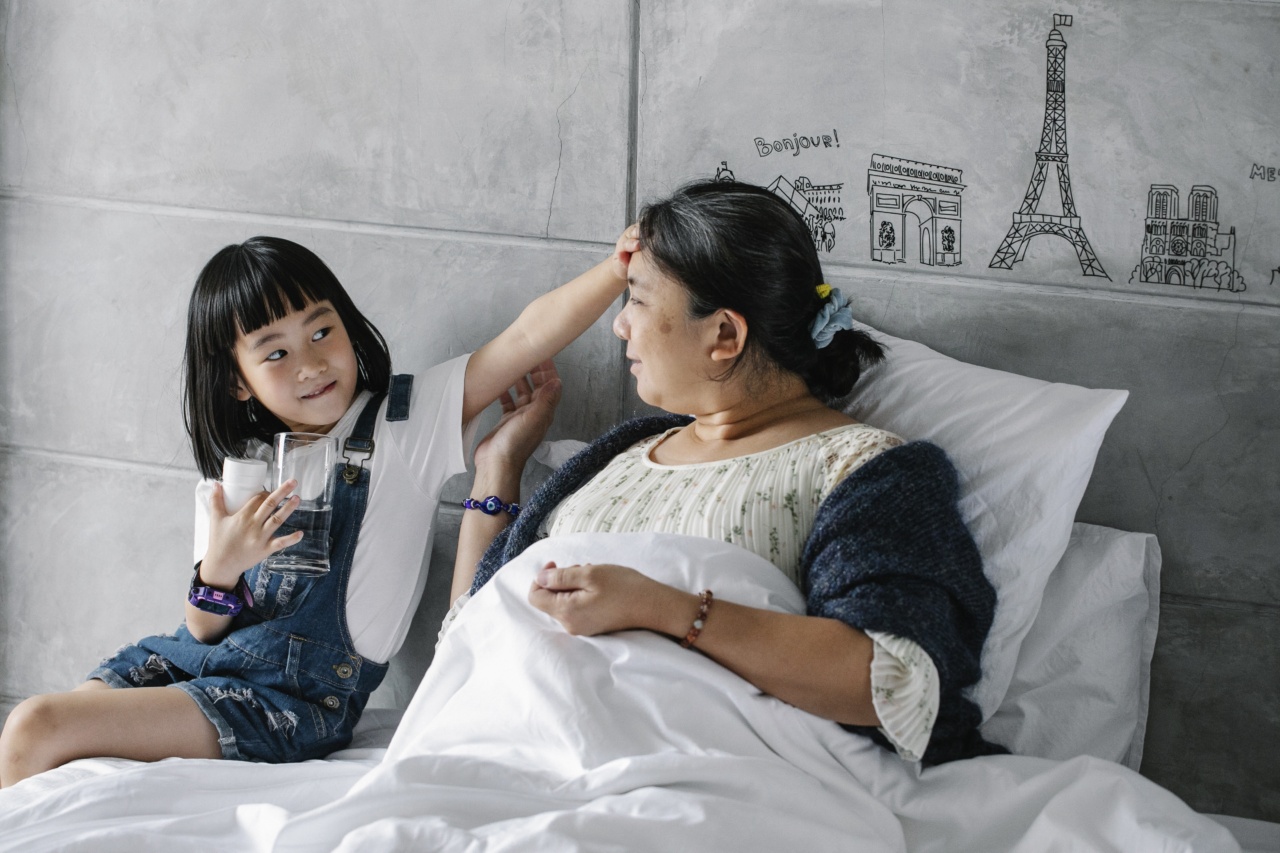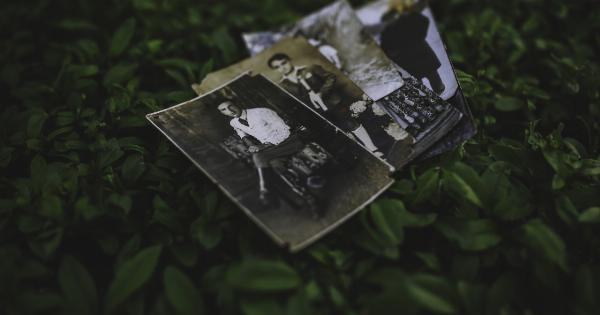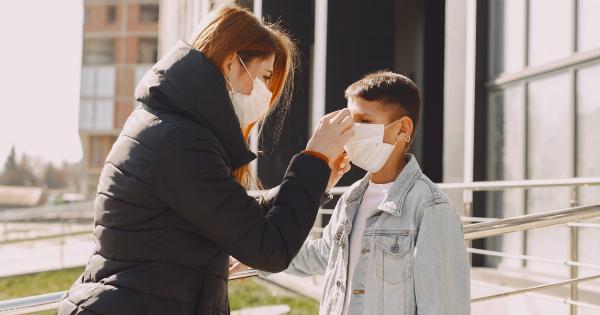Fifth disease is a common childhood illness caused by the parvovirus B19. It gets its name from the fact that it was the fifth in a series of six rash-associated illnesses that were classified by medical researchers.
Fifth disease is also known as erythema infectiosum and slapped cheek syndrome. It is more common in children than adults, and outbreaks typically occur in the late winter and early spring months.
Causes of Fifth Disease
Fifth disease is caused by the parvovirus B19, which is highly contagious and can be spread through respiratory secretions such as coughing and sneezing.
It can also be spread through contact with infected blood, such as during blood transfusions or organ transplants. The virus can be spread from an infected person who is not showing symptoms, which makes it difficult to prevent the spread of the illness.
Symptoms of Fifth Disease
The symptoms of fifth disease typically appear 4-14 days after exposure to the virus. The initial symptoms of fifth disease can be similar to those of a cold or the flu, and may include:.
- Fever
- Runny nose
- Sore throat
- Headache
- Fatigue
After several days, a bright red rash may appear on the cheeks, which gives the illness its other name, slapped cheek syndrome. The rash may spread to other areas of the body, such as the arms, legs, and trunk.
The rash usually lasts 1-3 weeks, and it may come and go during that time. For some children, the rash may be itchy and uncomfortable.
Treatment for Fifth Disease
There is no cure for fifth disease, and treatment is typically focused on relieving symptoms. Over-the-counter pain medications such as ibuprofen and acetaminophen can help reduce fever and relieve pain.
Some children with fifth disease may also benefit from taking antihistamines to relieve itching. In more severe cases, a doctor may prescribe prescription-strength pain relievers or steroids to help reduce inflammation.
Complications of Fifth Disease
In most cases, fifth disease is a mild illness that does not lead to any serious complications. However, there are some cases in which complications may occur.
For example, in rare cases, children with fifth disease may develop joint pain and inflammation, which can last for several weeks or even months. Adults with fifth disease may also experience joint pain and inflammation. Fifth disease can also be dangerous for pregnant women, as it can cause severe anemia in the fetus, which can lead to heart failure or even death.
Prevention of Fifth Disease
Preventing the spread of fifth disease can be difficult, as the virus can be spread by people who are not showing symptoms. However, there are some steps that can be taken to reduce the risk of infection.
For example, avoiding close contact with people who have the illness is one way to prevent the spread of the virus. Washing hands frequently can also help reduce the risk of infection.
When to See a Doctor
If your child develops a rash that looks like slapped cheeks, it is important to see a doctor. In most cases, fifth disease is not dangerous and will go away on its own. However, in some cases, complications can occur that may require medical attention.
If your child has a high fever, is experiencing severe joint pain, or is showing signs of anemia, it may be necessary to seek medical attention.
Conclusion
Fifth disease is a common childhood illness that is caused by the parvovirus B19. It typically results in a bright red rash on the cheeks, which can spread to other areas of the body.
While complications are rare, there are some cases in which joint pain and inflammation may occur. Pregnant women are also at risk for complications, as the virus can cause severe anemia in the fetus. If your child develops a rash that looks like slapped cheeks, it is important to see a doctor.
Treatment is typically focused on symptom relief, and prevention is difficult due to the fact that the virus can be spread by people who are not showing symptoms.




























